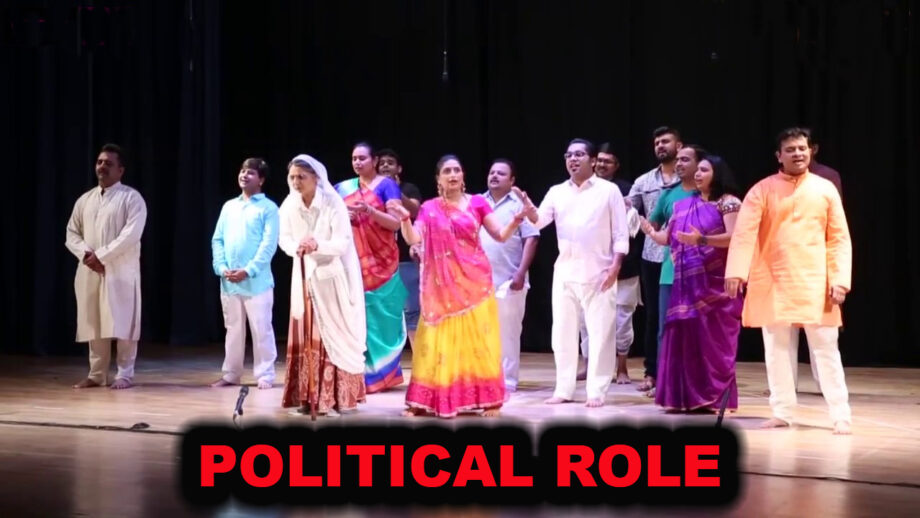According to Natyasastra, which is India’s earliest and most significant surviving manual of dramaturgy, the theatre was created purposefully for education. In the beginning, there was no learning, art or craft, device or actions involved in drama. But the spectators even in ancient times used to be affected a lot with believes, opinions and behaviour after watching plays at the theatres that existed during those days.
Between the 15th and 18th centuries, theatre evolves as a means used by poets- saints to spread Bhakti movement of various religion prevailing in India to the common people.
Even the actions of the powerful king were influenced by the content of these dramas. Ramlila is a living example of one such theatre which is still prevalent in Indian society attracting hundreds of thousands of spectators.
Theatre has always been used as a means of expressing and communicating protest against corruption, exploitation, and injustice. It has been used as a means to create social awareness as this form of performing art creates direct and live contact with the audiences which makes the more intimate and effective communication.
Theatre has been very active in rising immediate actions for political concerns in India. That is why India has a special kind of political theatre which is called the third theatre.
Political theatre deals with political ideas and concepts. These are an attempt to support or attack a particular political position or arises certain issue to explore problems faced by masses and asking certain questions whose answer may bring about changes in audiences’ mind-set. Also, it could be an attempt to change the beliefs and the opinion of the viewers to seek political and social actions inspired by this performing art.
Political theatre or the protest theatre, as is called often, is valuable even if it does not seek to change the beliefs chair or inspire some action.


